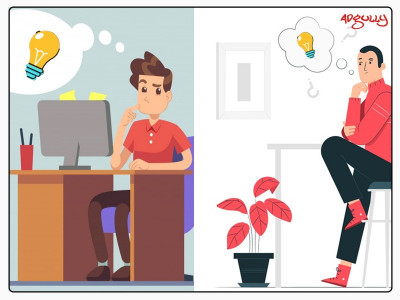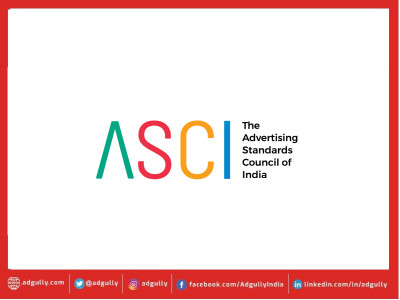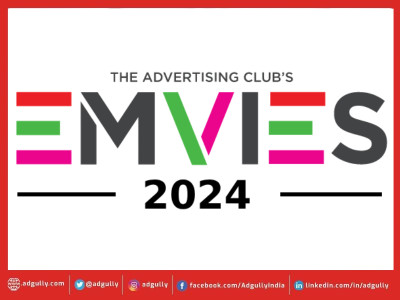Where does one draw the line between straight lift-off & elements of similarity?
Similarities in creative ideas vis-a-vis outright plagiarism – there is a huge chasm and also a thin line between the two. Where does one draw the line between a straight lift-off and elements of similarity?
As Vistasp Hodiwala, Co-founder and CCO, Underdog Partner at Centrick, pointed out, “Plagiarism in the creative field is a very real problem and so many of us have been at the receiving end of it, with no mechanism to address it properly.”
The pandemic situation has given rise to the unique situation where entire creative teams are working and connecting remotely as Work From Home still prevails. Ideation and discussions are happening over virtual conferencing. How working remotely is impacting the entire creative ideation process is an entirely separate issue to delve on.
Recently, a section of the media made a hue and cry over the “similarities” and “lift-off” seen in the ad campaigns of two OTT players. Was it a case of one ad being “inspired” by the ad of another player? Now, while the ideas seem similar, it is difficult to put a finger on whether the idea is just “inspired” by the other or whether the similarity is intentional. All OTT players like to push the vastness of their content library and how they have all types of content available on their platform.
Talking about the two campaigns, a very senior industry expert, remarked, “The two campaigns are very different. Every washing soap brand talks about cleaning white in different ways to different audiences. OTT brands are all about entertainment and each one wants to take the high ground of maximum entertainment. I am sure any similarity is purely coincidence and not intentional.”
Ajay Trigunayat, Founder, Movies NOW, Romedy NOW, AQT & PointBreak, tried to make sense of the issue and explained, “Likely, the Consumer Insights and Consumer Propositions are quite similar in both the cases. However, the creative direction and renditions are quite different in both cases. While there appear to be similarities, it is more likely that no one has copied creative – just that two separate agencies and teams have come to similar conclusions on their own to develop Communication and Creative for their clients. No malpractice here, in my very brief observation.”
Similarly, Harjeet Chhabra, Co-founder, Two Nice Men Mediaworks, too, emphasised that players in the general entertainment space surely want to emphasise that they have a wider array of shows. One OTT player used a lovely metaphorical approach in their communication to showcase their product attribute. “It borrows from a much broader fact of life that at times we fail to do what we want to do. The treatment is comical and it brings you back to the product eventually by reminding the viewer that they can at least watch what they want. It just falls short of describing a way of living beyond just viewing, nevertheless it has been executed well,” he observed. “On the other hand, the other hand, the ad by the other OTT player is a more direct communication of their offering and connects their shows with your mood. I see them as clearly differentiated communication, even though the end effect could be the same,” he added.
According to Vistasp Hodiwala, “Every case must be judged on its own merit, and in this particular case I think the charge is utterly facile. Leave alone the fact that conceptually the two campaigns are vastly different, even executionally there are no reminders of any tropes or hangovers from the earlier campaign of one of the players. So yes, it’s a rather lazy charge to lay at this particular creative person’s door.”
At the same time, Hodiwala also said, “Having said that, yes, there have been more notorious instances of ‘lifts’ and ‘inspirations’, which have been the staple of the world of ideas (and not just advertising) forever. No good, self-respecting creative person will want to be accused of that charge and yet sometimes inadvertently, lapses do happen. The best way to ensure this doesn’t happen is by employing the self-correcting mechanism of bouncing your idea off to members of your team and hoping that the deja vu you feel in your bones may just be misplaced.”
On the question of where should one draw the line, he remarked, “There is a rather remarkable incident in Paul McCartney’s biography of how after he finished writing ‘Yesterday’, one of the most defining pop songs of all time, that sort of came to him in a dream, he just couldn’t believe it was an original and checked with everyone and only after everyone assured him that it actually ‘was’ an original song, did he dare send it out to the world. It’s the old-fashioned way, and yet till date the only one known to humankind to avoid being labeled as a ‘lifter’ of someone else’s hard work.”
Before screaming “plagiarism” and ‘lift-off”, media needs to check and re-check whether it is a case of much ado over nothing.


















Share
Facebook
YouTube
Tweet
Twitter
LinkedIn